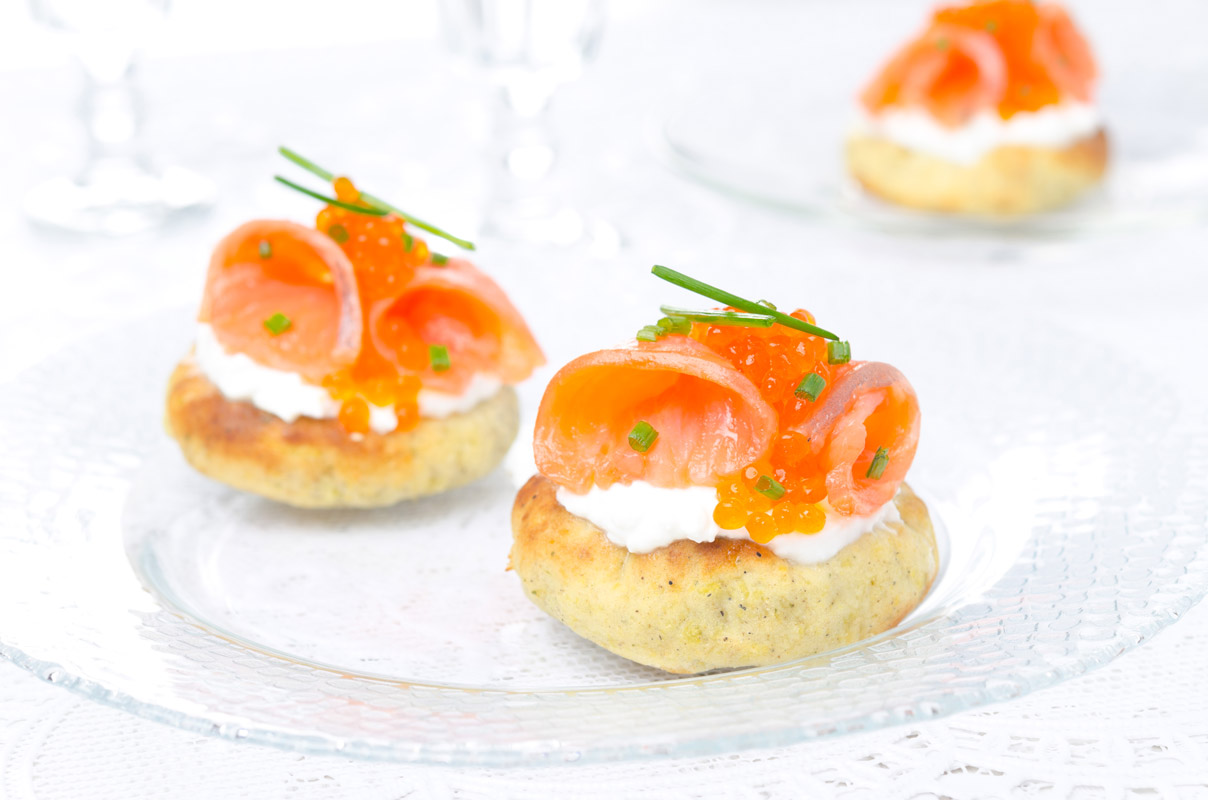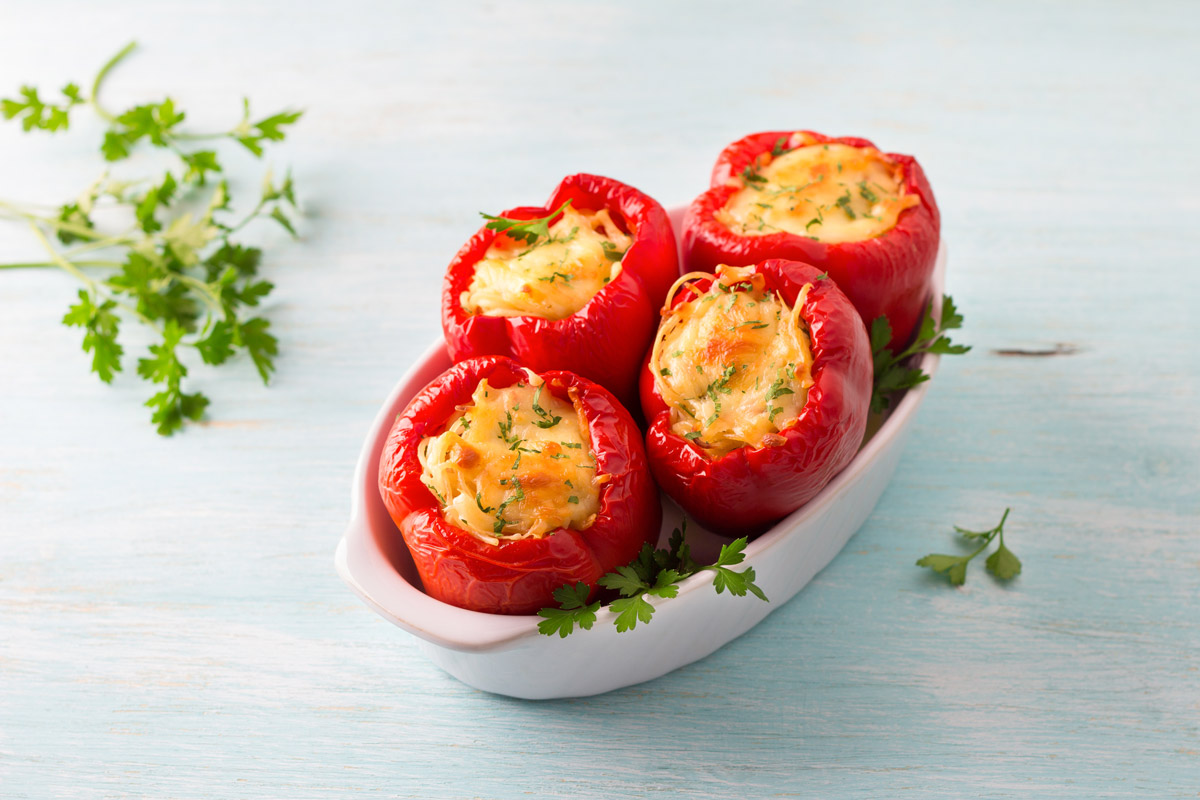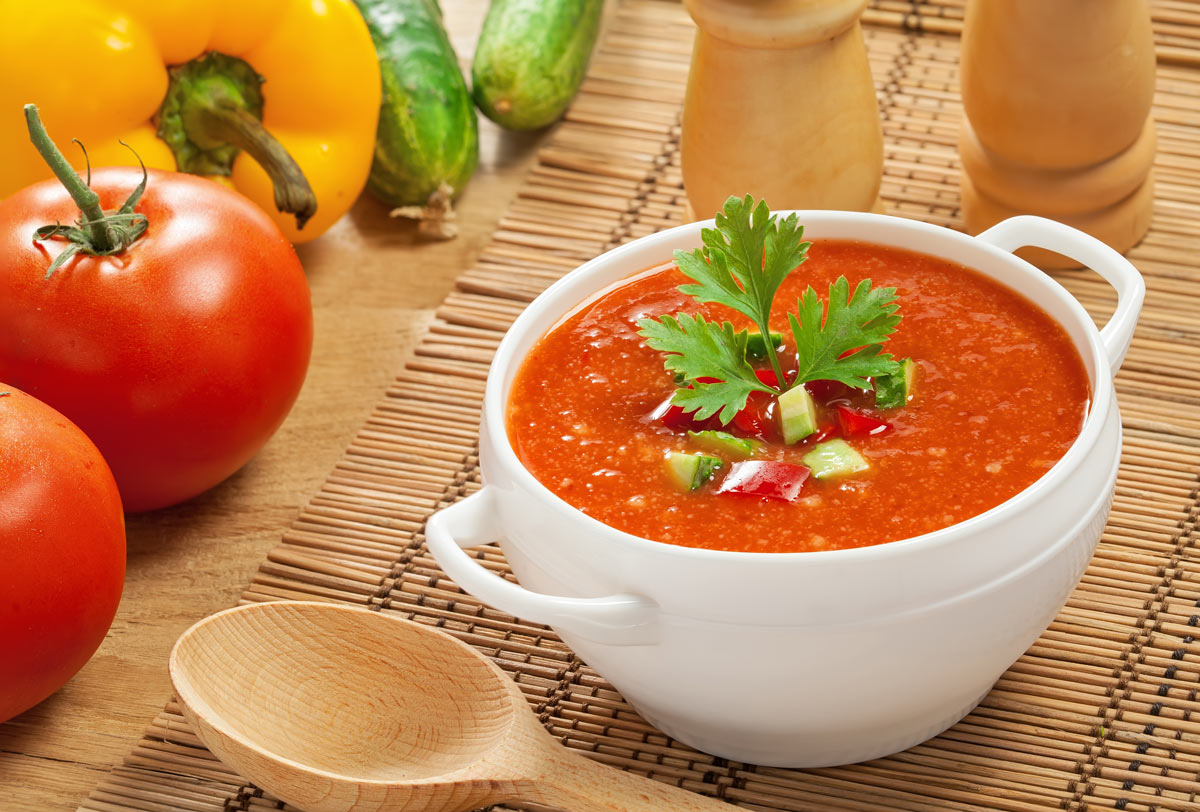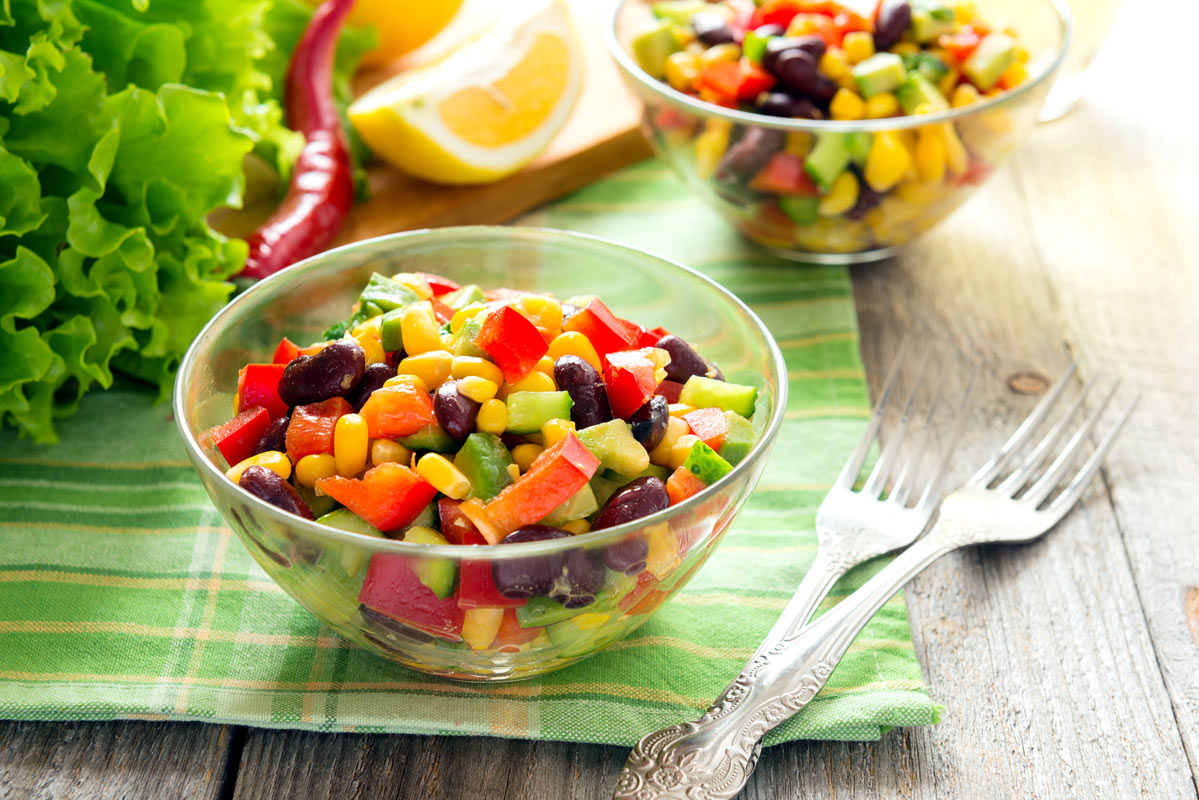We’ve all eaten smoked salmon on bagels or toast points, but for something different, try this delicacy on crispy smashed potatoes. In place of smoked salmon, use salmon roe or another domestic caviar. Elegant!
Ingredients
For the potatoes:
- 12 small Yukon gold potatoes, each about 1 1/2 to 2 inches in diameter
- Extra virgin olive oil
- Coarse salt (kosher or sea)
- Freshly ground black pepper
For serving:
- Sour cream or crème fraiche
- Thinly sliced cold-smoked salmon
- Brined capers, drained
- Fresh dill sprigs
Directions
Step 1
Bring a large pot of salted water and the potatoes to a boil over medium-high heat. Cook until the potatoes are tender, 20 to 25 minutes. (Check tenderness by piercing a potato with a bamboo skewer or the tip of a paring knife.) Drain the potatoes and pat dry. Working on a rimmed sheet pan, coat the potatoes with olive oil.
Step 2
Preheat the oven to 400°F. Using a potato masher or the bottom of a small cast-iron skillet or large flat-bladed spatula, carefully crush the warm potatoes until each is about 3/4 inch thick but still intact. Drizzle each with a bit more olive oil. Season the tops with salt and pepper.
Step 3
Bake the potatoes for 20 to 25 minutes, or until golden brown. (There’s no need to flip.) Arrange the smashed potatoes in a single layer on a platter alongside the suggested serving ingredients. To eat, fold a piece of salmon on a potato, then top with a spoonful of sour cream. Garnish with capers and dill sprigs.
Serves 4 as an appetizer




